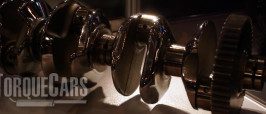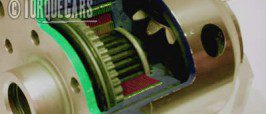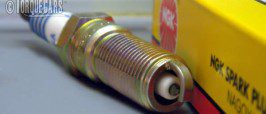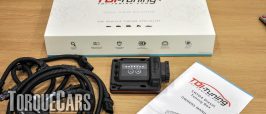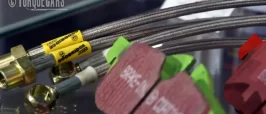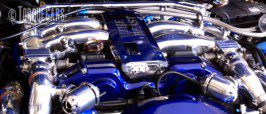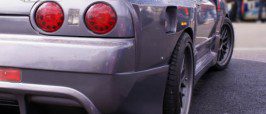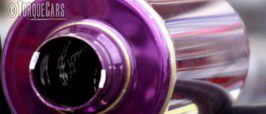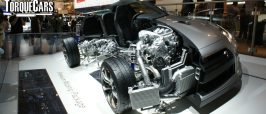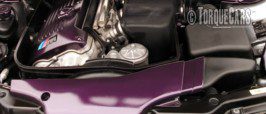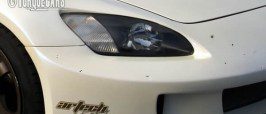Daimler Tuning Tips and Modifications
Maximise your Daimlers driving pleasure
Thank you so much for visiting TorqueCars, we love Daimler’s and see quite a few interesting projects.
If you are looking to build the ultimate Daimler then you’ve found the right place.
Our tuning tips and articles for the Daimler cover all the best mods and latest tuning methods to help you build a great modified Daimler.
With the help of our forum members, industry professionals and seasoned car modders we present a best practice guide to modding your Daimler.
Please join us in our forums, we love to hear what members are up to and it helps us spot trends so that we can ensure the site is always covering the latest and greatest tuning topics.
Feel free to drop a tip or suggestion on the comments box at the bottom of each and every article, this feedback is greatly valued and helps us refine our articles.
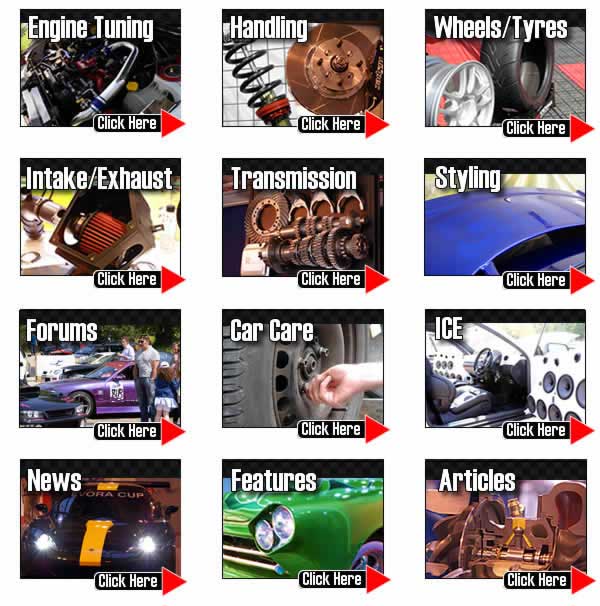
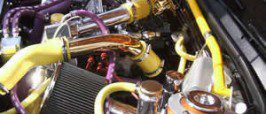
Adding a turbo or supercharger is a fairly complex modification so we’ll cover the basics of adding a turbo upgrade in this article. The idea of doubling your power with one “simple turbo upgrade” is certainly appealing, but what is involved in a turbo conversion project? What are the common problems when a car is turbocharged? How do you add a turbo safely to a car?
Low ratio sport gearbox setup and selection.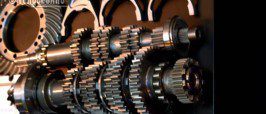
Gearbox – Lower ratios give better acceleration times and lower fuel economy. Six or seven speed boxes are better matched to modern engines.
Most street applications are closer 1st and 2nd gear ratios for that off the line 0-60 boost or for the fast exec a lower 2nd and 3rd ratio give improved overtaking flexibility and 30 – 70 mph acceleration with a high 4th and 5th gear to give motorway fuel economy.
The best tuning mods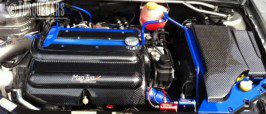
What are the best tuning mods for your car? There is a lot of debate in our forums but we have compiled a list of the best tuning mods for this article based on feedback from our members.
We are going to ignore the most popular mods, as these often only turn out to be aesthetic upgrades rather than performance upgrades.
Principles of porting an engine and big valve conversions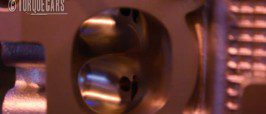
The inlet and outlet ports on the engine block are usually larger than those of the manifolds that connect to them.
This allows for scope in the manufacturing process to allow for mismatched alignment.
Generally the engine ports are larger in the upstream flow direction avoiding turbulance but power gains can be made by matching these up.

